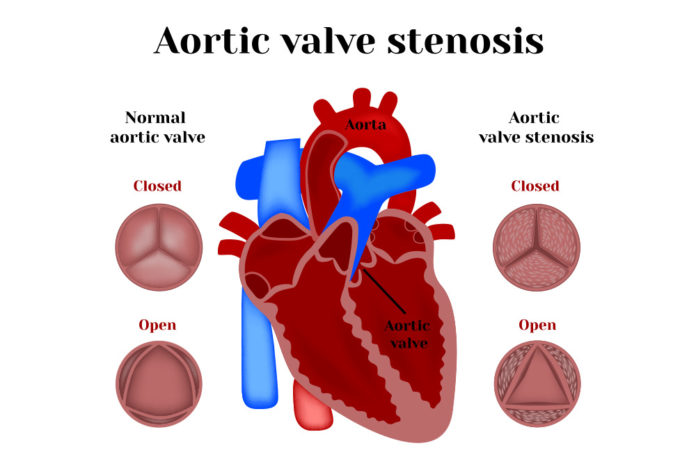Aortic valve stenosis is the most widespread acquired valvular heart disease. In most cases, it is associated with age-related degenerative changes and develops in older people against atherosclerosis and arterial hypertension. You can undergo treatment of aortic valve stenosis in Germany to prevent severe complications of the pathology. Here, modern open surgeries and minimally invasive techniques are used for valve repair or replacement.
Treatment principles
Aortic valve stenosis is a narrowing of the opening between the left ventricle and the aorta. Treatment is required if the narrowing is too severe (grade 3 or higher) or if it causes symptoms. Treatment can also be considered if the patient undergoes surgery for another disease (interventions are performed through one surgical approach to the heart, during one anesthesia).
Treatment options include:
- Valve reconstruction, a rarely used intervention to repair the patient’s own heart valve.
- Balloon valvuloplasty, a minimally invasive procedure to widen the valve opening with an internally inflated balloon. This is the main treatment option in children, but it is rarely used in adults as a result does not last long.
- Open valve replacement (standard treatment in most countries).
- Minimally invasive transcatheter aortic valve implantation (TAVI), is the main method of treatment in developed countries.
Minimally invasive valve replacement
Most people do not want to undergo classic chest surgery. It is unsafe, and traumatic, and it takes a long time to recover after the operation.
It is possible to avoid open surgery if you have aortic valve stenosis and there are no other heart defects or conditions that require open surgery. In Germany, minimally invasive valve implantation is considered the main method of treatment in people with isolated aortic stenosis. Such interventions are safer, non-traumatic, do not require long-term hospital stay and rehabilitation, and allow a person to avoid severe postoperative discomfort and return to normal life as soon as possible.
The operation is performed through an incision in the groin, i.e. through a puncture of the femoral artery. Doctors insert a balloon into the aorta, which expands the opening of the valve. Then a new artificial valve is delivered here. Inside the aorta, it securely fixes and presses a patient’s diseased valve against the walls of the blood vessel.
Open-heart valve replacement
An open-heart surgery is indicated in the following cases:
- The clinic does not have the necessary equipment or the specialists do not have sufficient qualifications to perform a valve replacement in a minimally invasive way
- Stenosis is associated with insufficiency
- The patient has other valvular defects that require surgical correction
- There are other heart conditions that require surgical correction
- The patient is young and needs a mechanical, not a biological, prosthetic valve
In such clinical cases, open surgery is preferred. If you undergo treatment in Germany, you can expect a low risk of complications, good results, simultaneous surgical correction of several diseases (e.g. valvular defects, coronary heart disease), high-quality postoperative care, and rehabilitation.
Undergoing treatment of aortic valve stenosis in Germany
To undergo diagnostics and treatment in Germany, visit the Booking Health website. Here you will find a list of the best German clinics, compare costs for medical services and choose a medical program at a bargain price. The Booking Health team will arrange your medical trip to Germany.




















































